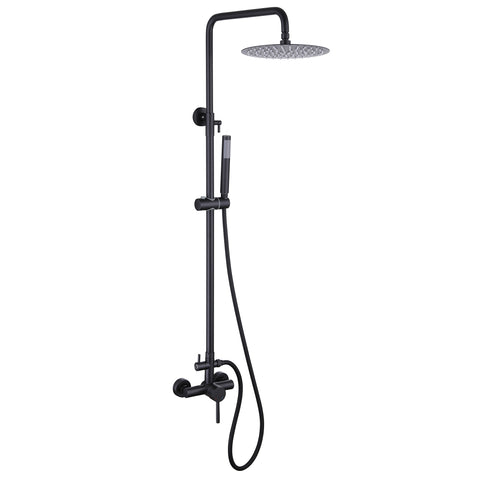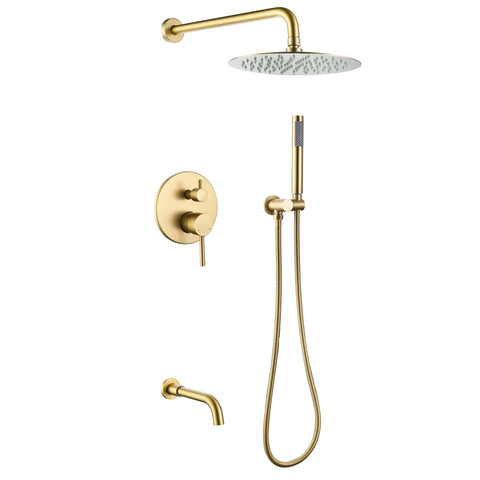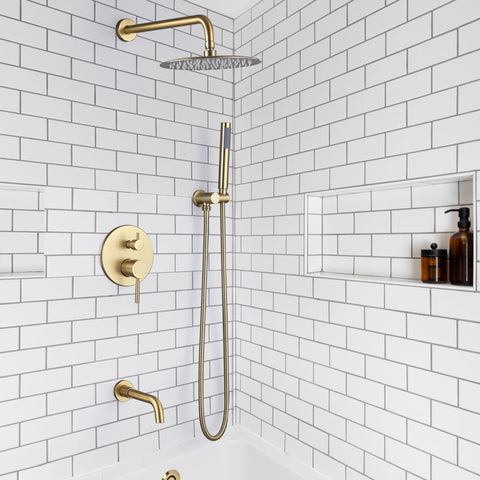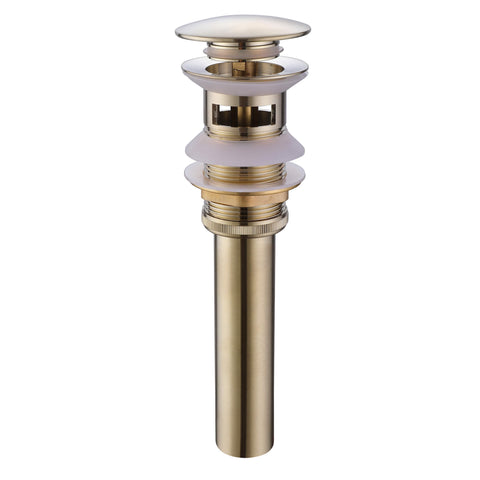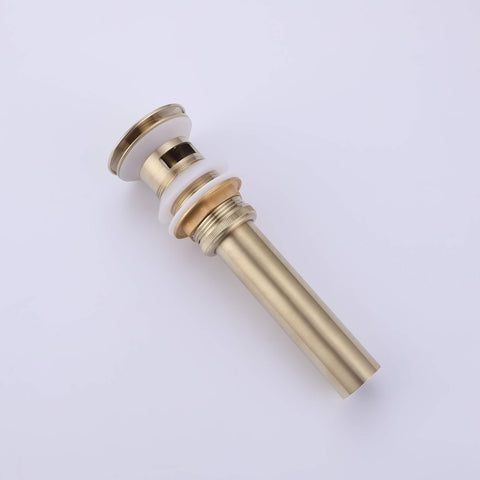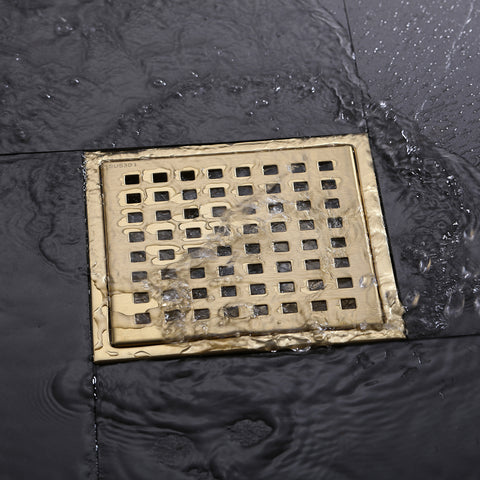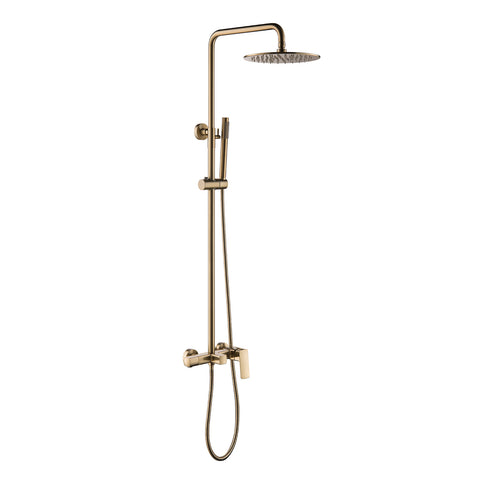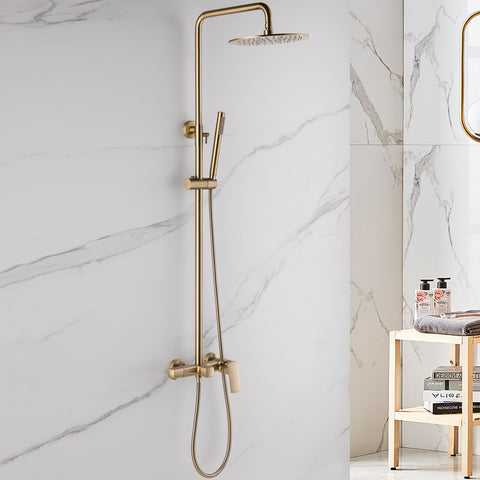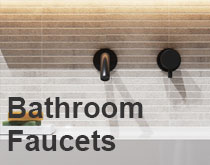Shower Faucet Parts and Troubleshooting Tips
A properly functioning shower faucet is essential for a refreshing and enjoyable showering experience. However, like any other mechanical system, shower faucets can encounter issues over time. In this blog post, we will explore the shower faucet parts and provide you with troubleshooting tips to help you identify and resolve common problems. Whether you're a DIY enthusiast or simply want to understand how your shower faucet works, this guide will prove invaluable. Let's dive in!
Understanding the Parts of a Shower Faucet
To troubleshoot your shower faucet effectively, it's crucial to familiarize yourself with its various components. Here are the essential parts you should know about:
- Valve: The valve controls the flow and temperature of water. It may be a pressure-balancing valve or a thermostatic valve, each designed to maintain consistent temperature and prevent scalding.
- Handles/Knobs: These control the water flow and temperature. You may have separate handles for hot and cold water or a single lever that controls both.

- Showerhead: This is where water is dispensed. It connects to the faucet through a shower arm and can offer various spray patterns and intensities.

- Diverter: A diverter redirects water between the showerhead and other fixtures such as a bathtub spout or handheld shower.

- Cartridge: The cartridge regulates water flow within the faucet. Over time it may become clogged or worn out, causing leaks or inconsistent pressure.
Troubleshooting Common Shower Faucet Problems
Now that we've familiarized ourselves with the parts, let's explore some common problems you may encounter with your shower faucet and how to troubleshoot them:
- Dripping or Leaking Faucet: Usually caused by a worn-out cartridge. Replacing the cartridge can typically fix this issue.
- Inconsistent Water Temperature: Often the result of debris in the valve. Cleaning or replacing the valve can help maintain stable temperatures.
- Low Water Pressure: May be due to a clogged showerhead or sediment in the faucet. Remove and clean the showerhead; flush out the valve if needed.
- Stiff or Loose Handles: Handle stiffness may require lubrication, while loose handles can be tightened or replaced for better control.
- Diverter Malfunction: If water doesn’t switch between outlets properly, clean or replace the diverter to restore function.
Maintaining a properly functioning shower faucet is vital for a pleasant showering experience. By understanding the various parts of your shower faucet and troubleshooting common problems, you can save time and money by addressing issues promptly. However, if you're uncertain about any repairs or lack the necessary skills, it's best to consult a professional plumber. A little regular maintenance goes a long way in keeping your shower system working like new. Enjoy your rejuvenating showers!
